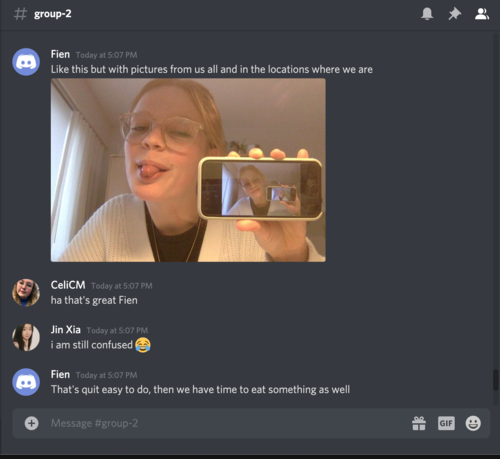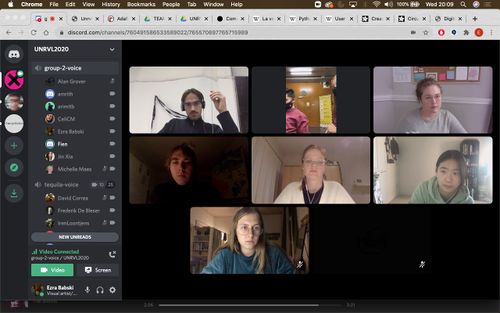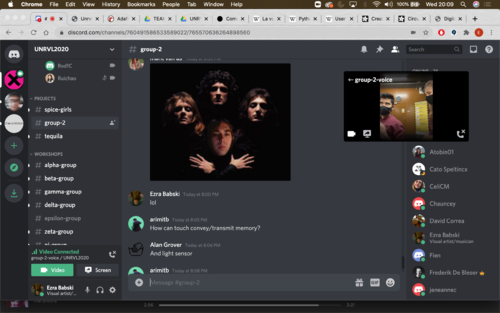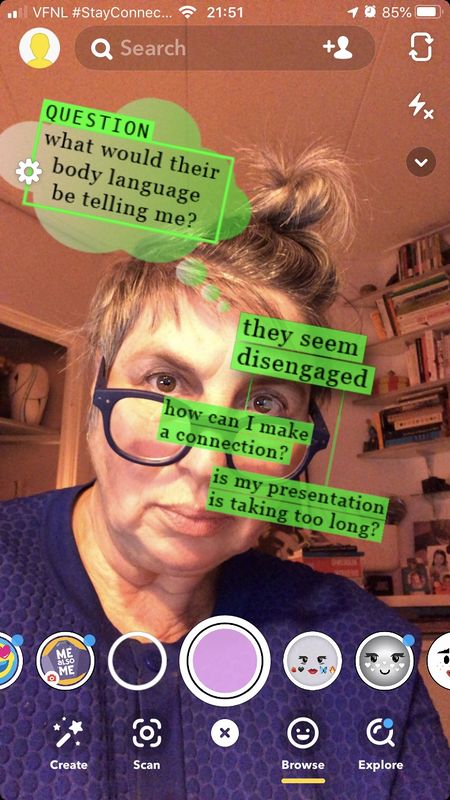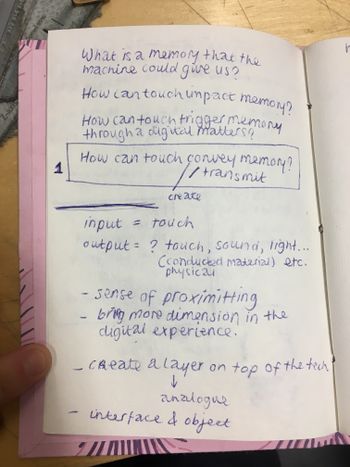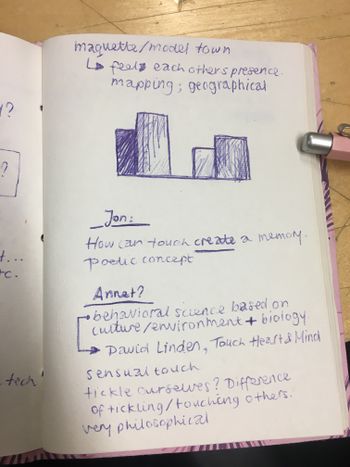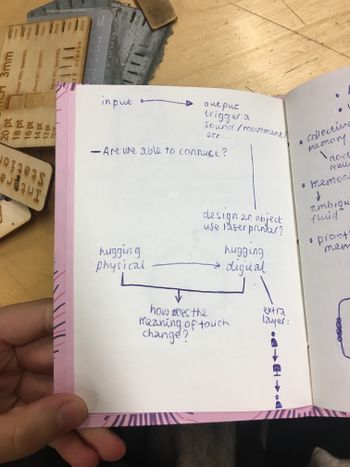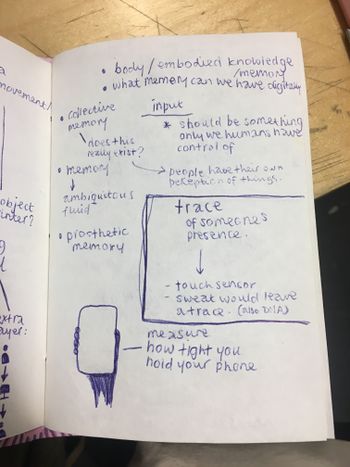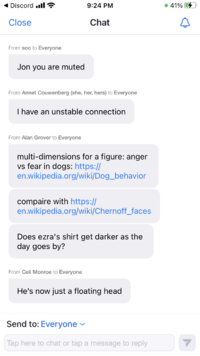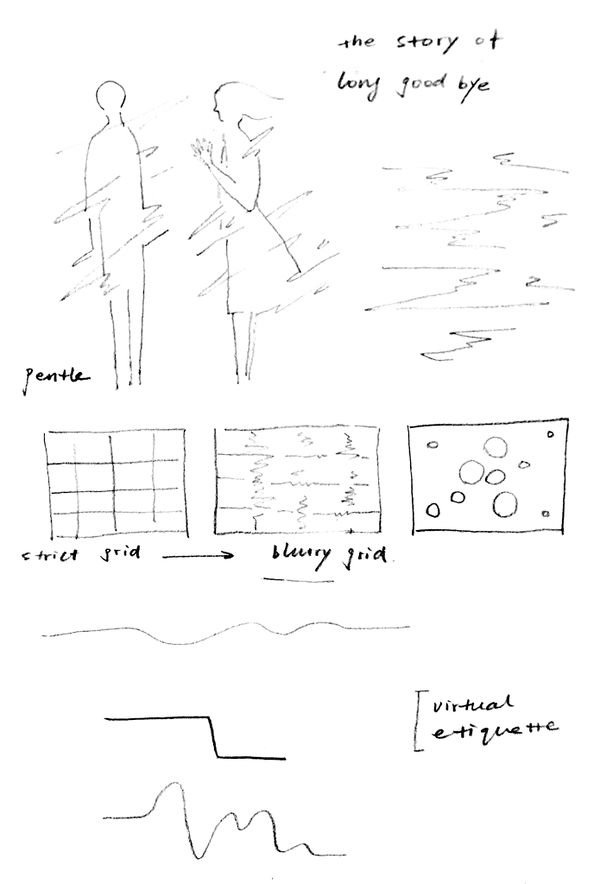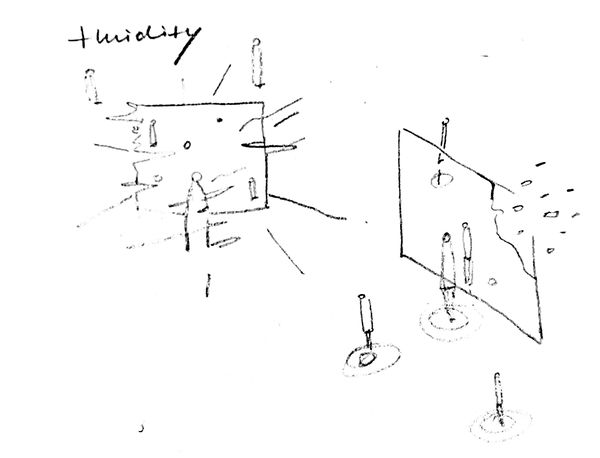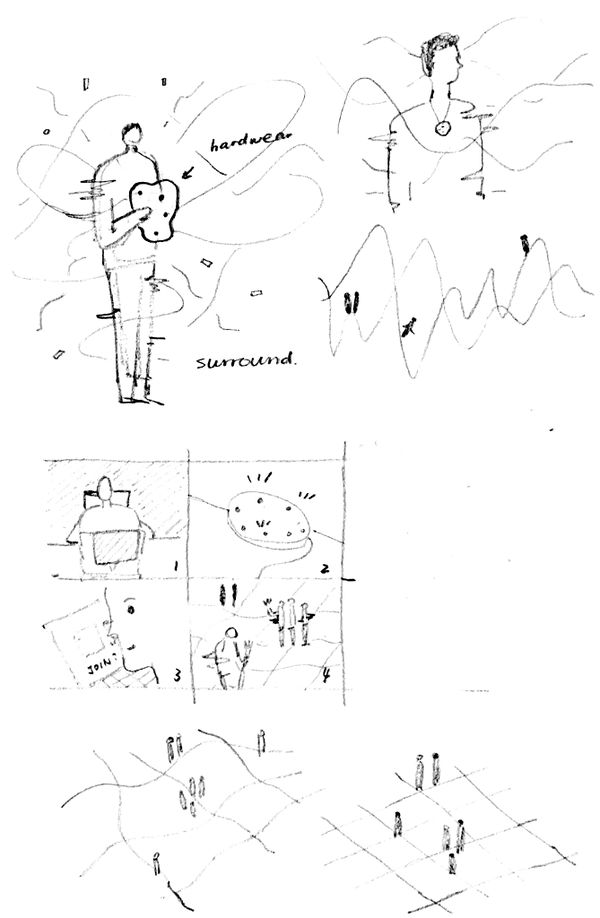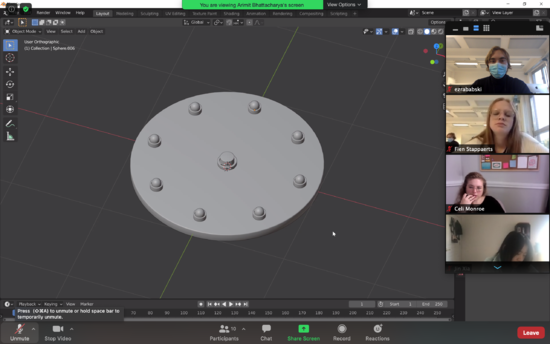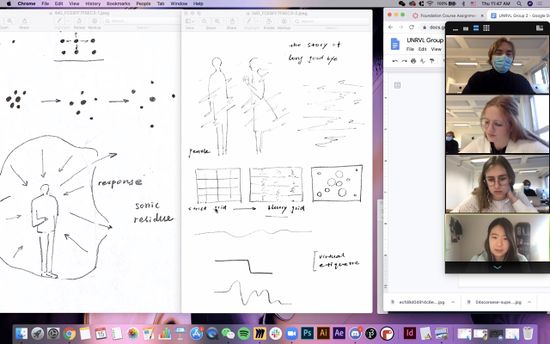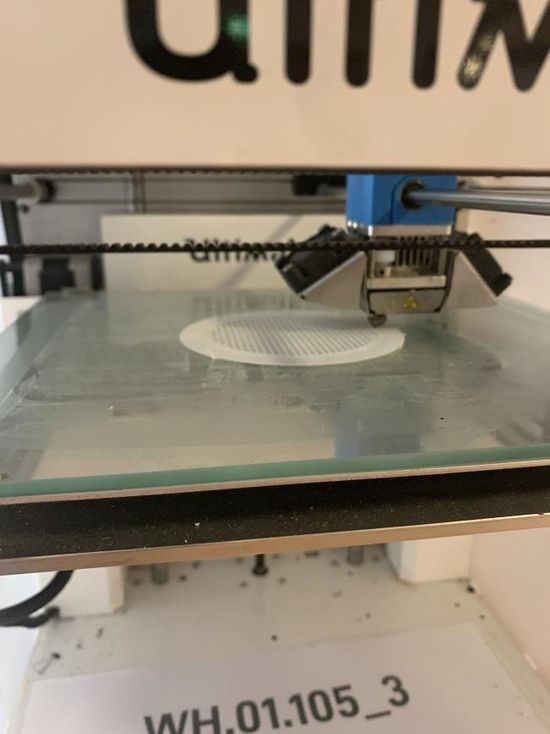Difference between revisions of "UNRVL9-Project2"
EzraBabski (talk | contribs) |
EzraBabski (talk | contribs) |
||
| Line 109: | Line 109: | ||
The ideas for our final project grew out of an earlier discussion we had around the link between touch and memory. We came upon the following talking points: | The ideas for our final project grew out of an earlier discussion we had around the link between touch and memory. We came upon the following talking points: | ||
| − | + | *'''Memory of the machine:''' we are all familiar with the concept of embodied knowledge—the idea that cognition is shaped by the fact that we inhabit physical bodies—but what kinds of memory are at work in our devices? How might we operationalize concepts of machine-memory to find ways to connect ourselves across technological media? What are new ways we can understand the metaphor of machine learning and machine memory, in the service of human connection? | |
| − | + | *'''Prosthetic memory:''' [see above link] | |
| − | + | *'''Data artefacts:''' we discovered (spurred by an insight of Paul’s) that heat (transmitted through sweat) can turn into a data artefact that triggers the Circuit Playground’s sensors even after contact has been broken. This highlighted another sense in which we might speak of the “memory” of the CP, and the kinds of messages these traces might be able to communicate (“I was, but am no longer here”). | |
| − | + | *'''Haptic feedback:''' virtual hugs, handshakes | |
| − | + | *'''Impact of analogue technology:''' analogue technology (such as a circuitboard with LEDs) can give the impression of having a “soft” effect on the user (given that such devices have a physical presence), mitigating the exhaustion the comes with inhabiting an exclusively digital environment. | |
| − | + | *'''Clothing and memory:''' textiles that carry a kind of “memory” of the wearer (permanent folds, stains, etc.) | |
| − | + | *'''Biology:''' we are always “touching” ourselves—how does this self-reflexive touching differ from the manner in which we touch others? | |
==Fluidity of Presence== | ==Fluidity of Presence== | ||
| Line 124: | Line 124: | ||
We began to ask questions: what if, instead of focusing on touch, we directed our attention to other concepts surrounding intimacy? Immediately, we began discussing ways to incorporate sensations associated with physical embodiment—namely, sensing (seeing, hearing) the proximity or distance of physical bodies in space. Followed by a rapid brainstorm, circling in on what would become our central concept [brainstorm below]: | We began to ask questions: what if, instead of focusing on touch, we directed our attention to other concepts surrounding intimacy? Immediately, we began discussing ways to incorporate sensations associated with physical embodiment—namely, sensing (seeing, hearing) the proximity or distance of physical bodies in space. Followed by a rapid brainstorm, circling in on what would become our central concept [brainstorm below]: | ||
| − | + | *'''“Touch-log:”''' a device that communicates a limited history of pushes, taps, brushes and squeezes; how to simulate, or create a metaphor for texture? | |
| − | + | *'''The long goodbye''' (lingering farewell): '''fadeouts''' (screen the blurs, audio that gets quieter) instead of abrupt disconnections (hanging up). | |
| − | + | *'''Non-binary states of connection''' (spectrum of online states) | |
| − | + | *How do we create new social constructions for virtual spaces? In the vein of digital utopias—(the moment when you realize that you have neglected the speculative, the promise and potential of the digital beyond what exists in the real world…) | |
| − | + | *'''Finding the right metaphors…''' | |
| − | + | *'''Remains of the day:''' sampling snippets from previous conversations that might play in your headphones after you leave the chat | |
At the end of it all, we had our concept, and a means of articulating it. What we found was lacking in our digital interactions was this fluidity of presence we had defined before. | At the end of it all, we had our concept, and a means of articulating it. What we found was lacking in our digital interactions was this fluidity of presence we had defined before. | ||
Revision as of 13:37, 16 October 2020
Group 2
Fluidity of Presence: Ways of Being Together in the Digital Age
Can we communicate the complex experience of presence and absence, nearness and distance that is a feature of embodied existence (in short, the spectrum of "being together") by designing hybrid analogue/digital technologies that eschew stale binaries of online/offline connection?
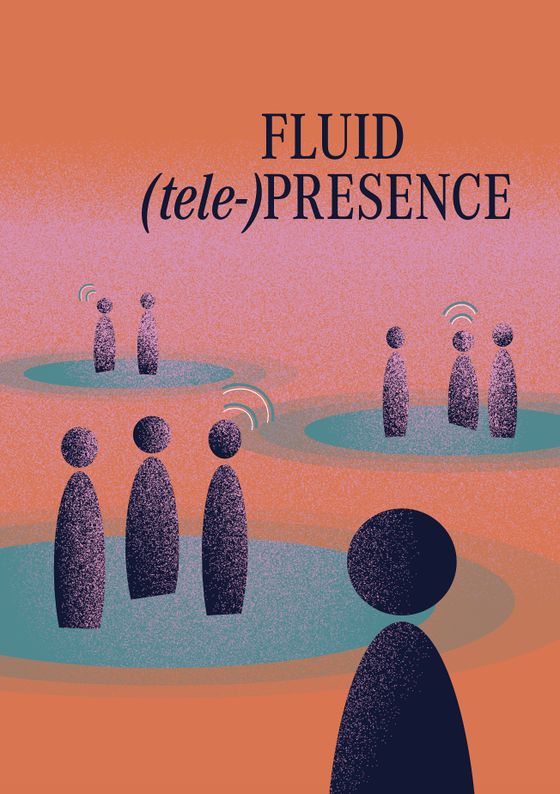
|
Digital presence takes many forms. Regardless of whether we are “plugged in,” our digital footprint manifests in the digital ecosystem as a constantly expanding network of traces, data artefacts, biometric residues and transaction histories. Viewed from this angle, the conventional, binary distinction between online/offline states ceases to make sense; indeed, given the extent of our current dependence on digital technology, almost all of us are always digitally present, if only in a hyperfragmented way. It is more accurate, therefore, to insist on the existence of a spectrum of "online" states.
|
|
Monday Oct 12
Touch and MemoryReferences: http://peripheralfocus.net/poems-told-by-touch/manifesto_of_tactilism.html https://link.springer.com/article/10.3758/s13423-019-01674-x https://en.wikipedia.org/wiki/Embodied_cognition https://cup.columbia.edu/book/prosthetic-memory/9780231129275 https://www.bareconductive.com/make/how-to-make-an-interactive-memory-game/ The ideas for our final project grew out of an earlier discussion we had around the link between touch and memory. We came upon the following talking points:
Fluidity of PresenceReferences: https://www.youtube.com/watch?v=y_FgHb-BGzk We began to ask questions: what if, instead of focusing on touch, we directed our attention to other concepts surrounding intimacy? Immediately, we began discussing ways to incorporate sensations associated with physical embodiment—namely, sensing (seeing, hearing) the proximity or distance of physical bodies in space. Followed by a rapid brainstorm, circling in on what would become our central concept [brainstorm below]:
At the end of it all, we had our concept, and a means of articulating it. What we found was lacking in our digital interactions was this fluidity of presence we had defined before. We divided ourselves up into the following configurations: Hardware Team – Fien, Celi Hardware Team (Speculative) – Amrith Software Team – Arimit Software Team (Speculative) – Michelle, Marit, Jin Documentarian - Ezra
|
|
DISCORD!
PROTOTYPING! |
